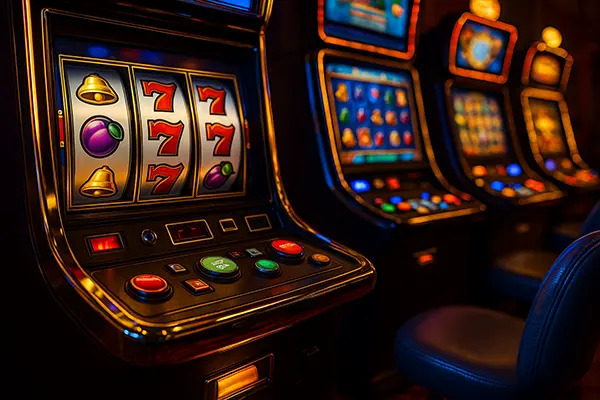
Volatility in Slots: How to Choose a Game for Your Style
Slot machines have become one of the most diverse forms of entertainment in online gambling, and players now have thousands of titles to choose from. While graphics, themes, and bonus features attract attention, volatility remains a critical factor when selecting the right game. Understanding volatility helps players manage risk, set realistic expectations, and develop a sustainable gaming approach in 2025.
What Low, Medium, and High Volatility Really Mean
Volatility in slots refers to how often and how much a game is likely to pay out. A low volatility slot typically delivers frequent wins, but these wins tend to be smaller in size. Such games are popular among players who want longer playing sessions with a reduced risk of losing their bankroll quickly.
Medium volatility games balance frequency and payout size. They can provide steady gameplay with occasional bigger wins. These slots are often considered versatile, appealing to both cautious players and those who enjoy a bit more risk.
High volatility slots, on the other hand, can produce significant payouts but with less frequency. Players may go through long periods without a win, but when the slot hits, the reward can be substantial. This style of play suits those who prefer high-risk, high-reward dynamics.
Practical Examples of Slot Volatility
For low volatility, titles such as “Starburst” by NetEnt remain classic examples, offering frequent small wins that keep the game flowing smoothly. These games are suitable for those who prefer entertainment over large jackpot hunting.
Medium volatility slots like “Book of Dead” by Play’n GO have achieved global popularity because they mix regular payouts with the potential for high multipliers in the bonus round. They keep the excitement alive without being too unpredictable.
High volatility options include games like “Dead or Alive 2” by NetEnt or “Money Train 4” by Relax Gaming. These slots can produce extraordinary wins, especially in bonus rounds, but they demand patience and a solid bankroll strategy.
The Role of RTP and Variance in Long-Term Play
Return to Player (RTP) is a percentage that indicates how much of the wagered money a slot is expected to return to players over time. In 2025, most regulated markets require RTP information to be displayed clearly, helping players make informed decisions.
Variance complements volatility by describing the distribution of wins across long-term play. A high variance slot might return the same RTP as a low variance game, but the payout distribution will look very different. This directly impacts the player’s short-term experience and bankroll management.
Combining knowledge of RTP and volatility allows players to align their strategy with their expectations. For example, someone seeking steady entertainment may prefer a 96% RTP low-volatility slot, while a risk-taker might lean toward a high-volatility title, even if it involves longer dry spells.
Adjusting Strategy Based on Data
Players who understand both RTP and volatility can better plan their sessions. Setting limits on bet size and session time helps to keep gaming under control while maximising enjoyment. Responsible gambling practices are key in today’s regulated environment.
Casual players often underestimate the psychological aspect of volatility. Low volatility slots may provide a sense of progression and satisfaction, even without massive wins, which helps maintain engagement without unnecessary stress.
High volatility enthusiasts, however, need to accept the possibility of losing streaks. Having a realistic approach ensures that when the big win comes, it feels rewarding rather than purely lucky. In this sense, informed choice plays a crucial role in long-term enjoyment.

Choosing Slots That Match Your Style
Every player has a unique gaming style, and slot volatility should be matched accordingly. Those who prefer longer, relaxed sessions with lower risk will usually find low volatility slots to be the most suitable. They allow extended play without drastic fluctuations.
Players seeking balance can turn to medium volatility slots. These games provide both regular payouts and the occasional thrill of a significant win, making them attractive to a wide audience who appreciate variety.
For thrill-seekers, high volatility slots offer the ultimate challenge. These games require patience and budget management, but the potential rewards can make them appealing to players who enjoy big jackpots and dramatic swings.
Slot Selection in 2025
The iGaming industry in 2025 has expanded its slot libraries to cover all volatility levels. Developers such as Pragmatic Play, NetEnt, and Evolution continue to release titles with clear volatility ratings, making it easier for players to choose according to their preferences.
Mobile play now dominates the market, and providers ensure volatility information is accessible directly in the game menu. This transparency reflects regulatory trends focused on responsible gambling and informed decision-making.
Ultimately, selecting a slot in 2025 is no longer about random choice. With data on RTP, volatility, and variance widely available, players have the tools to tailor their experience, ensuring that gameplay fits both entertainment value and personal strategy.
